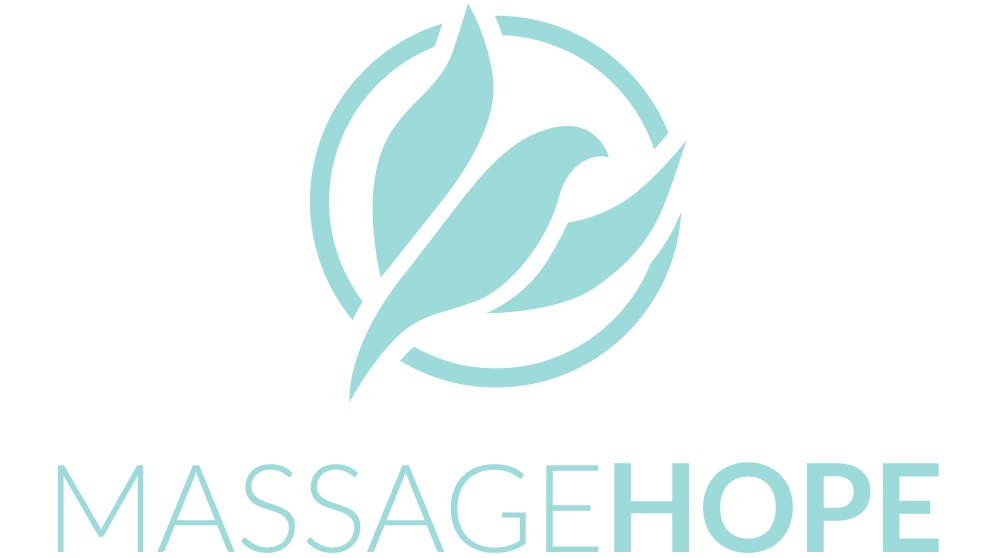Everyone keeps telling you to get a massage, and you want to give it a try but where do you start?
First, make sure your Massage Therapist is licensed. Don’t worry, all the therapists here at Massage Hope are licensed but some places are not. Knowing that your therapist has the appropriate schooling and training will help to put your mind at ease. Check out our massage therapist bios here!
Make the massage appointment. Call us (703-858-2323) and a member of our wonderfully sweet front desk staff will be happy to help you. If you have questions about how long your session should be or which therapist to see, ask them - they know their stuff. You can also see our bios, other information about massage and schedule online at MassageHope.com
On the day of your appointment please arrive 15 minutes early so you can fill out the intake form. To save some time, you can also fill out the massage intake form online through our web page. The massage intake form tells us about any preexisting health conditions, surgeries, recent injuries and medications. All these things can affect the massage so it is important for us to know. It also tells us what you are coming in for and helps us start the conversation about how to best tailor the massage for your needs.
Here comes the part everyone seems most nervous about - “What do I need to take off?” This is entirely up to you, actually. Nothing will be exposed that should not be, but if it makes you feel more comfortable to leave something on, that is perfectly normal too. Necklaces, watches, and bracelets should be taken off so they don’t get in way and we don’t get lotion or oil on them. So whether you are most comfortable in your birthday suite, snow suite, or somewhere in-between, your massage therapist will do their best to help you with your massage needs.
Speak up!! You decide what you want for pressure and if an area gets worked on. If you don’t want us to touch your feet or face or left earlobe, just let your therapist know and they’ll skip it. If something hurts tell us, if you want more work in a tender spot let us know. Please, please, please do not suffer in silence if you are uncomfortable.
Take a deep breath and enjoy the massage. Know that the next 30, 60, 90 or 120 minutes are your time. You took a step towards being healthier, so be present and take in the experience. You can talk to us, ask questions about massage, lay there quietly, fall asleep, even snore if you want to. You’re in good hands here! Literally.
Re-book your next session because massages are awesome!!







